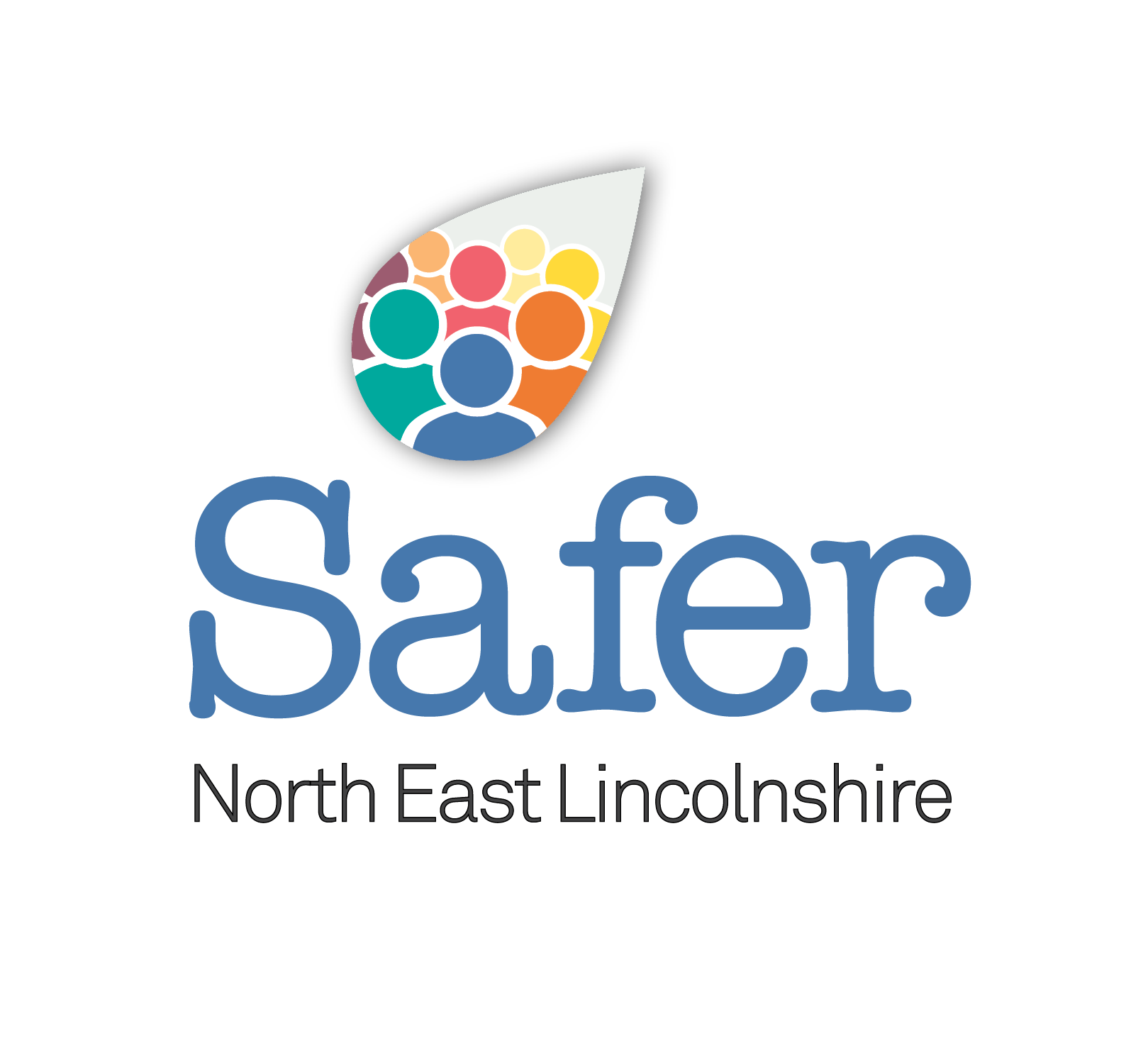Discriminatory abuse
Discriminatory abuse exists when values, beliefs or culture result in a misuse of power that denies opportunity to some groups or individuals. It can be a feature of any form of abuse of an adult.
Discriminatory abuse is when someone picks on you or treats you unfairly because something about you is different. This can include unfair or less favourable treatment due to a person’s race, gender, gender identity, age, disability, religion, sexuality, appearance or cultural background.
It can result from situations that exploit a person’s vulnerability by treating the person in a way that excludes them from opportunities they should have as equal citizens, for example, education, health, justice and access to services and protection.
Everyone has the right to be treated equally and express and practice their beliefs and values.
What does Discriminatory Abuse look like?
Symptoms and signs can be, but are not limited to:
- unequal treatment due to race, gender, religion, age, sexuality or disability
- verbal abuse, inappropriate language, slurs, harassment and deliberate exclusion
- denial of basic human and civil rights e.g. allowing people to follow their own spiritual or cultural beliefs or choice about their own sexuality
- failure to meet and take into account religious and cultural needs of an individual
- racist graffiti or bringing racist material (magazines, leaflets) into the vulnerable individuals home
- lack of choice
- lack of privacy and dignity
- lack of personal belongings
- use of punishment – withholding food and drink
- tendency for withdrawal and isolation
- expression of anger or frustration or fear and anxiety
- lack of disabled access
- being refused access to services or being excluded inappropriately
- Unequal treatment based on age, disability, gender reassignment, marriage and civil partnership, pregnancy and maternity, race, religion and belief, sex or sexual orientation (known as ‘protected characteristics’ under the Equality Act 2010)
- Verbal abuse, derogatory remarks or inappropriate use of language related to a protected characteristic
- Denying access to communication aids, not allowing access to an interpreter, signer or lip-reader
- Harassment or deliberate exclusion on the grounds of a protected characteristic
- Denying basic rights to healthcare, education, employment and criminal justice relating to a protected characteristic
- Substandard service provision relating to a protected characteristic
- The person appears withdrawn and isolated
- Expressions of anger, frustration, fear or anxiety
- The support on offer does not take account of the person’s individual needs in terms of a protected characteristic
The examples and indicators of discriminatory abuse may take the form of any of the other types of abuse. The difference is that the abuse is motivated by discriminatory attitudes, feelings or behaviour towards an individual.
Report abuse
Anyone that suspects another professional or adult of abuse or neglect has a duty to refer it to the relevant employer or safeguarding agency to be investigated.
If you need to raise a Safeguarding Adults concern, please call 01472 256 256. This number is available 24 hours a day, 365 days a year.
